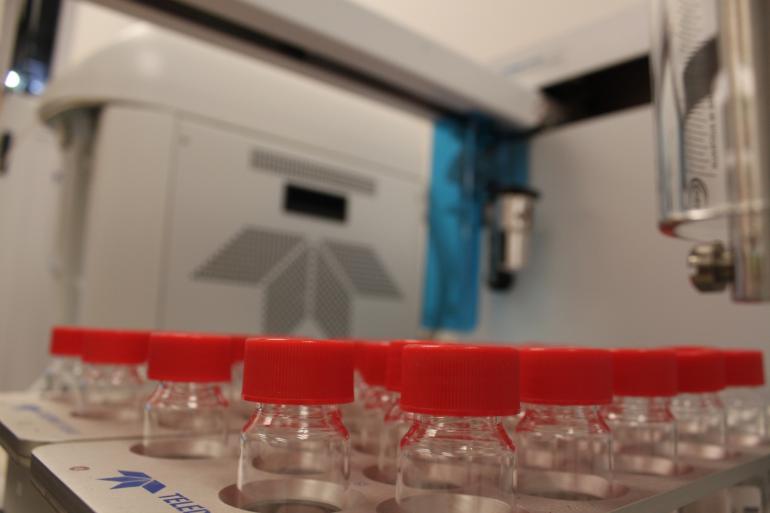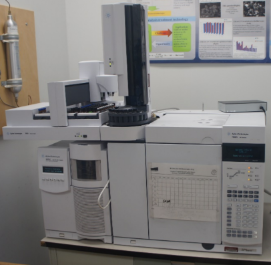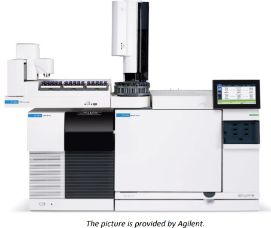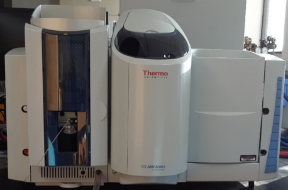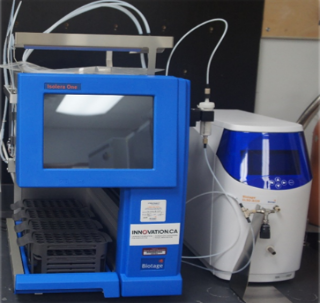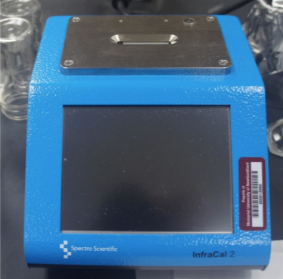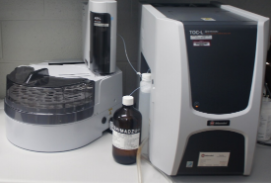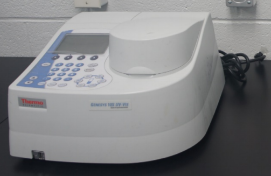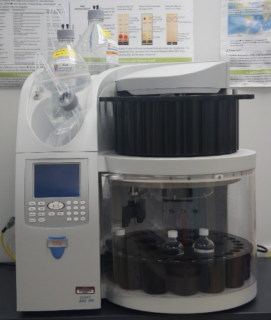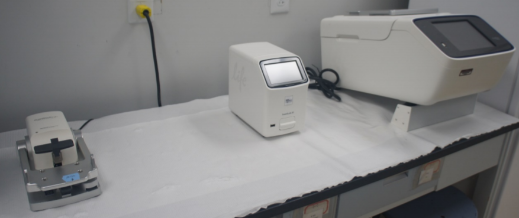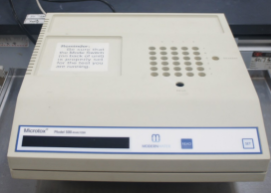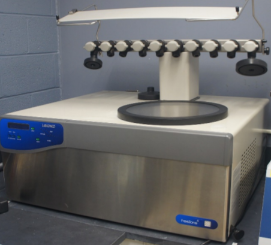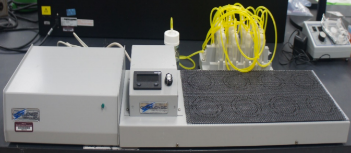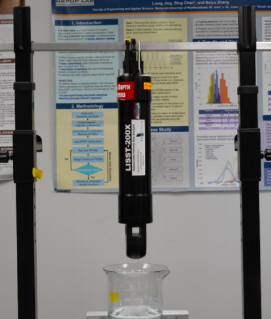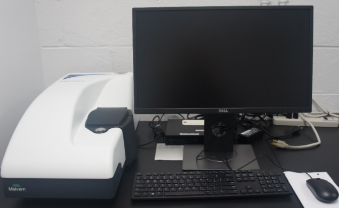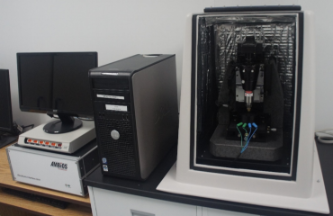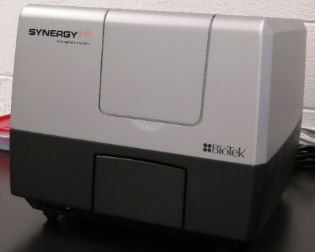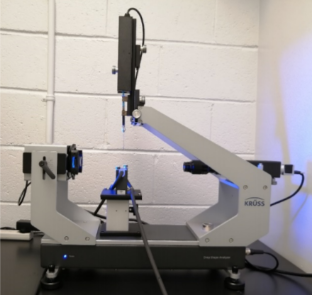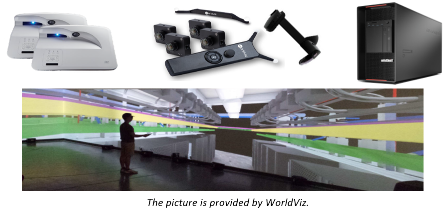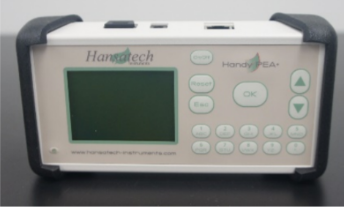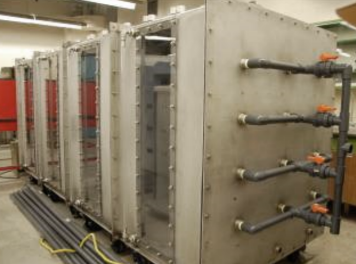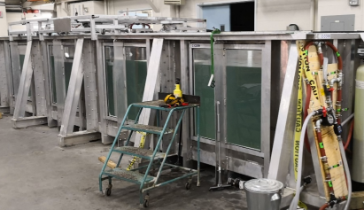Northern Region Persistent Organic Pollution Control Laboratory (NRPOP)
About
The NRPOP Laboratory is funded by the Canada Foundation for Innovation (CFI) and the Industrial Research and Innovation Funds (IRIF) of the Newfoundland and Labrador Government. It is a first of its kind in Canada hosting pioneering research on a quantitative understanding of persistent and toxic organic pollution and their effects in harsh marine and freshwater environments and the development of innovative engineering and managerial solutions by integrating environmental engineering with nano/biological technologies and risk-simulation-optimization methods.
The lab is equipped with a multi-scale experimental system that can be used to support model development through simulating the transport processes of persistent organic pollutants and their degradation products, testing the effects of pollution control and remediation practices, and gathering data for driving and validating models. Its associated research aims to enhance the understanding of the pollution mechanisms and help governments and industries improve their practices for mitigation of the POPs-related pollution problems, leading to short-/long-term environmental, economic and social benefits.
The research activities at Northern Region Persistent Organic Pollution Control Laboratory are
- Monitoring and analysis of persistent, emerging and organic pollutants (PEOPs) and their transformation products in environmental media
- Physical and numerical simulation of PEOPs fate and transport
- Advanced water and wastewater treatment and removal of PEOPs
- Inland and marine oil spill response and cleanup
- Nano-material and technologies for environmental application
- Microbiological testing and environmental biotechnology
- Environmental emergency response decision support
- Remediation and enhancement by nano/biotechnology for brownfield and other contaminated sites
- Artificial intelligence (AI) and application for environmental research (e.g., water resource management, water quality management, waste management, and urban planning)
To learn more about NRPOP, click here.
People
Principal Investigators
- Advanced treatment and resource recovery technologies (e.g., enhanced oxidation, microrection, and microbial fuel cells) for wastewater and waste;
- Nano-/bio-enhanced in-situ remediation technologies for offshore and onshore chemical or oil spills in cold regions;
- Modelling, assessment and removal of persistent and emerging contaminants (PAHs, pharmaceutical and personal care products or PPCPs, microplastics, flame retardants, disinfection by-products or DBPs, chemical surfactants, pesticides, engineered nanoparticles, etc.);
- Integration of artificial intelligence with simulation, assessment, and optimization to support decision making for emergency response and environmental management under uncertainty
- Marine oil spill response
- Coastal/inland site remediation
- Marine oily wastewater treatment
- Offshore reservoir souring control
- Environmental monitoring and analysis
- Transport and fate of emerging contaminants
- Northern environmental studies
- Environmental and ecological risk assessment of offshore oil and gas development in Atlantic Canada
- Produced water and cuttings discharge modelling, assessment and management in harsh environments
- Risk-based remediation technologies for oil spills
- Risk-based decision-making tools for environmental management
- Water treatment and control of disinfection-by-products in the drinking water supplies
- Air emission modelling and risk assessment
Other users of NRPOP Lab
Faculty of Engineering and Applied Science
- Dr. Carlos Bazan
- Dr. Cynthia Coles
- Dr. Faisal Khan
- Dr. Heather Peng
- Dr. Joseph Daraio
- Dr. Kelly Hawboldt
- Dr. Kenneth Lee
- Dr. Kenneth Snelgrove
- Dr. Leonard Lye
- Dr. Noori Saady
- Dr. Rune Storesund
- Dr. Sohrab Zendehboudi
- Dr. Wei Qiu
- Dr. Yan Zhang
Faculty of Science
Equipment
NRPOP lab is equipped with world-class instruments and some unique facilities for supporting innovative environmental engineering research and education. It also has the comprehensive capacity for analyzing a wide variety of chemical and microbiological environmental parameters and monitoring and simulating diverse environmental processes in surface/groundwater, air, soil, and oceans.
Use: Mainly for the analysis of volatile compounds in complex samples. (example: analysis of gasoline and petroleum products)
Use: Identify and quantify low-level analytes and unknown volatile components in complex samples
Use: Mainly for the analysis of thermally unstable molecules in complex samples. (Example, analysis biological fluids)
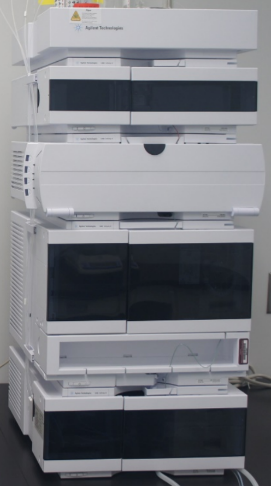 |
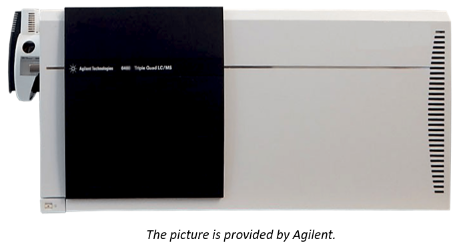 |
| Agilent 1260 Infinity | Agilent 6420A QQQ |
Use: Quantitatively determine chemical elements using the absorption of optical radiation (light) by free atoms in the gaseous state.
Use: Used for separation and purification of liquid analytes
Use: Determine the sum of volatile petroleum hydrocarbons (VPH) (gasoline range organics including hydrocarbons from C6-C10) and extractable petroleum hydrocarbons (EPH) (diesel range organics including hydrocarbons from C10-C28)
Use: Determine the amount of carbon in an organic compound (as a non-specific indicator of water quality) by using a catalytic oxidation combustion technique at high temperature (raises up to 720 °C) to convert organic carbon into CO2 and then measured with a Non-dispersive Infra-Red (NDIR) sensor.
Use: Measure light absorbance across the ultraviolet and visible ranges of the electromagnetic spectrum.
Use: Extract compounds from solid and semi-solid samples quickly with a small solvent volume.
Use: Used for precise, highly sensitive detection and quantification of nucleic acids
Use: An in vitro testing system which uses bioluminescent bacteria (Allivibrio fischeri, formerly known as Vibrio fischeri) to detect toxic substances in water, air, soils or sediments. (Allivibrio fischeri are non-pathogenic, marine, bacteria that luminesce as a natural part of their metabolism).
Use: Freeze-dryer is a low-temperature dehydration process that involves freezing the product, lowering pressure, then removing the ice by sublimation. By removing the water from the material and sealing the material in a glass vial, the material can be easily stored, shipped, and later reconstituted to its original form for injection.
Use: Measure the rate of respiration of a living organism by measuring its rate of exchange of oxygen and/or carbon dioxide and allow investigation into how factors (such as chemicals) affect the rate of respiration
Use: Submersible laser-diffraction based particle size analyzer designed to measure particle size (1.0 - 500 µm) and concentration in rivers, streams, ports, harbours, coasts and oceans, whether for biological, sediment transport, or environmental monitoring needs.
Use: Measure the particle size of dispersed systems from 0.3 nm to 5 µm in diameter using the technique of Dynamic Light Scattering (DLS). Zetasizer is also used to analyze particle mobility and charge (zeta potential) using the technique of Electrophoretic Light Scattering (ELS), and the molecular weight of particles in solution using Static Light Scattering (SLS).
Use: Image matter at the nanoscale and is used to measure and localize many different forces, including adhesion strength, magnetic forces and mechanical properties. AFM helps researchers better understand the potential environmental impact of new nanotechnologies.
Use: Used for the quantification of different biological and chemical assays in a microplate.
Use: Determine the wettability of solids by means of the contact angle as well as the surface tension of liquids such as coating substances or adhesives.
Use: Used for environmental pollution simulation and emergency response training and research.
Use: Designed specifically to detect the chlorophyll fluorescence emission from a sample.
Use: Physically simulate the transport and fate of oil and other pollutants in oil and groundwater and test diverse remediation technologies.
Use: Simulate marine oil spills and conducting mesoscale and pilot-scale tests on oil spill response technologies.
Tube furnace is a heating device commonly used for chemical synthesis and thermal treatment of organic and inorganic materials. It consists of two main components: a heating element and a programmable controller.
There are two tube furnaces in the NRPOP lab - a CARBOLITE VST 12/300 and a Thermo Fisher Lindberg/Blue M. Their applications are as follows:
- Preparation and modification of activated carbons such as carbonation, chemical activation, and physical activation.
- Sintering nanomaterials.
- Drying air-sensitive materials.
- Flue gas desulfurization.
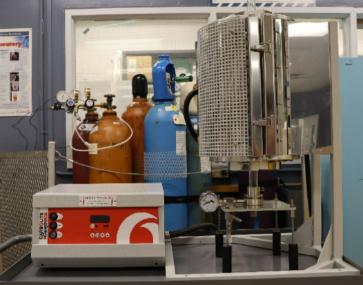 |
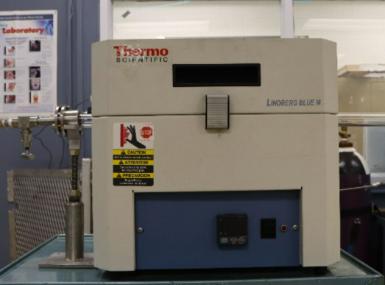 |
| CARBOLITE VST 12/300 | Thermo Fisher Lindberg/Blue M |
Location
EN 2076 and EN 1073E/G
Faculty of Engineering and Applied Science
S.J. Carew Building
Memorial University of Newfoundland
St. John's, NL
